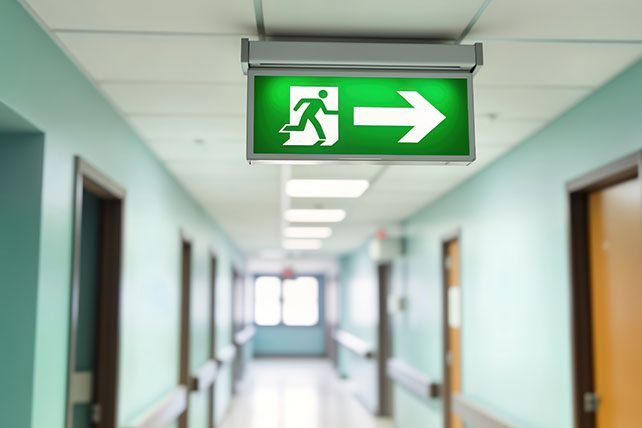Your church is a sanctuary. It’s a building where your community can find solace, compassion, and relief from the harsh, outside world. At least, that’s the way it’s supposed to be. Unfortunately, reality doesn’t always follow our expectations. While it won’t do us any good to play Chicken Little and recap the struggles experienced the world over since 2017, we have to be prepared for the new (and repeat) emergencies that will inevitably occur. And — just like the principal of a school or manager of an office — as a church leader you’re responsible for the safety of those who come to your church, and that starts with having a church emergency preparedness plan in place.
While we’ll look at some ways that technology can help you prepare for an emergency, the primary goal of this post is to help you prepare for an emergency situation at your church. After researching and reviewing several church emergency plans, I found that the most important thing is to prepare ahead of time and have some type of plan, no matter how minimal.
RELATED: Fire and Lice — How to Be Ready for Anything!
As the saying goes: “Pray for the best, prepare for the worst.”
What is a church emergency preparedness plan?
Just like church management software helps you navigate your routine, daily operations, a church emergency plan helps you navigate situations when something goes wrong.
Emergencies are unpredictable. You could experience a fire, a shooting, or a tornado. Unless you have a precog on staff who can predict exactly what dangers are headed your way, there’s no way to prepare for every potential situation.
Below, I’ll lay out five steps for you to put into practice in your church emergency preparedness plan. While they may seem a bit general, these widely applicable tips can be used in a broad range of circumstances.

